When I told people I was going to develop and teach a robotics unit for preschool, a few eyebrows raised. “I don’t know anything about robots. Are you sure they’ll understand?” These concerns seemed common, and the truth is, I initially had them, too. But as a teacher in a S.T.E.M. school with access to cubelets, bee bots and other robotics materials, I decided to explore. It turns out I only needed a few tricks up my sleeve—robots, free play and a whole lot of books—to help my students connect the dots!
Building Background Knowledge–The Human-Robot Connection
Kicking off the unit meant building connections. Many preschoolers in my class had limited background knowledge about what robots are and what they can do. I decided to start with what they did know—their bodies. Using books like My Five Senses by Aliki ![]() , we began to build knowledge about
, we began to build knowledge about  what humans need to live and interact with the world. A brain, heart, body, senses—many students already knew that these body basics are essential for humans. After reading books and using online songs and videos, we played games that relied on senses and different parts of the body so students could experience how their senses and body parts help them interact with their environment.
what humans need to live and interact with the world. A brain, heart, body, senses—many students already knew that these body basics are essential for humans. After reading books and using online songs and videos, we played games that relied on senses and different parts of the body so students could experience how their senses and body parts help them interact with their environment.
Once students had opportunities to learn about their senses, brains and bodies, they were ready to learn about the parts that help robots function. To open our discussion about how robots and humans are alike and different we read The Robot Book by Heather Brown and Boy + Bot by Ame Dyckman ![]() . We found that like humans, robots also have a body as well as sensors and a CPU that acts like the robot’s brain. These things work together with a program to tell the robot how to sense, think and act just like our brains, hearts, bodies and senses help us. This use of anthropomorphism helped students see connections between their own bodies and robots. Armed with this knowledge, we broke out the cubelets and let students begin to explore.
. We found that like humans, robots also have a body as well as sensors and a CPU that acts like the robot’s brain. These things work together with a program to tell the robot how to sense, think and act just like our brains, hearts, bodies and senses help us. This use of anthropomorphism helped students see connections between their own bodies and robots. Armed with this knowledge, we broke out the cubelets and let students begin to explore.
Discovery and Exploration
Our initial experiences with cubelets were inquiry based. My paraeducator, student teacher and I broke students up into small groups and showed them the cubes. We explained that the power cube had to be turned on in order for the robot to have energy, just like people need energy to live. From there, students were given the cubelets and left to explore. Some groups made flashlights, while others created robots that could drive. Cubelets can be put together in different arrangements to create a variety of robots. Students loved putting the cubes together in different ways to see what would happen.
As students became more experienced with the materials, their missions became more explicit. By reading Robots, Robots Everywhere by Sue Fliess and Robots by Jack Gabolinscy ![]() , we learned that robots could be programmed to do specific jobs. We used these books as well as other fun picture books like Ten Scared Fish by Ros Moriarty as catalysts to begin challenging students to program the cubelets to do specific tasks such as light up in the dark or drive away from something scary! We modeled how the sense cubes were using input information from the environment and causing certain outputs in the action cube. Although this is a high-level concept for preschoolers, quotes and robotics creations became our evidence for emergent understanding.
, we learned that robots could be programmed to do specific jobs. We used these books as well as other fun picture books like Ten Scared Fish by Ros Moriarty as catalysts to begin challenging students to program the cubelets to do specific tasks such as light up in the dark or drive away from something scary! We modeled how the sense cubes were using input information from the environment and causing certain outputs in the action cube. Although this is a high-level concept for preschoolers, quotes and robotics creations became our evidence for emergent understanding.
“It senses your hand! I can drive it to you!”
“If we cover the sensor, it doesn’t go.”
“We have to use the cube that has power and the one that has wheels.”
These and other discoveries became the tune of our center time as groups of students tried to create and control different robots with our cubelets.
A student creates and controls a lightbot.
Beyond Cubelets
The theme of robotics took center stage in our room for approximately six weeks. During that time we intentionally integrated robots into our dramatic play center, our library, our arts center, our writing area and our math and science station. At these centers, students prototyped many of their own pretend robots out of tin cans, bottle caps and pipe cleaners that had magnetic stickers affixed to them. Students proudly told us these robots were programmed to do jobs of their choosing. During our writing time, students made robot pictures and used emergent writing skills to tell us what jobs these robots could do. They came up with a variety of programs for their bots from dispensing candy to swiffering floors. Some students  even “programmed” themselves to do jobs during pretend play.
even “programmed” themselves to do jobs during pretend play.
One of the most interesting things to watch was the library. I had stocked our class library with a variety of texts about robots from the public library. These texts were not grade level, as many of the robot books for preschoolers were already being used in the unit. Rather these books included a variety of nonfiction selections about robots geared toward 3rd grade and up. Although these texts weren’t tailored for young students, many children routinely explored these books together and on their own as they showed each other pictures of robots and asked questions like, “What do you think this robot is programmed to do?”
For a time, robots took over our room, and book connections and hands-on explorations made our learning come alive! Not only are there great early childhood texts for learning about robots, there are great robot-themed texts for other areas of our day as well. Clink by Kelly DiPucchio ![]() quickly became a class favorite when this story about a toast-making, tune-hopping robot taught us that everybody’s great at something! Reading R is for Robot: A Noisy Alphabet by Adam F. Watkins
quickly became a class favorite when this story about a toast-making, tune-hopping robot taught us that everybody’s great at something! Reading R is for Robot: A Noisy Alphabet by Adam F. Watkins ![]() for the first time was a ruckus as students laughed and laughed. Before I knew it, I couldn’t keep the robot books or the robots on the shelf. The kids were excited. They were excited about robots, they were excited about reading, and they were excited to discover, explore, wonder and try. When I started the unit, I wanted to find out if introducing preschoolers to robots could be developmentally appropriate. I learned that robots brought a wealth of discovery into our classroom, and discovery is what preschool is all about!
for the first time was a ruckus as students laughed and laughed. Before I knew it, I couldn’t keep the robot books or the robots on the shelf. The kids were excited. They were excited about robots, they were excited about reading, and they were excited to discover, explore, wonder and try. When I started the unit, I wanted to find out if introducing preschoolers to robots could be developmentally appropriate. I learned that robots brought a wealth of discovery into our classroom, and discovery is what preschool is all about!


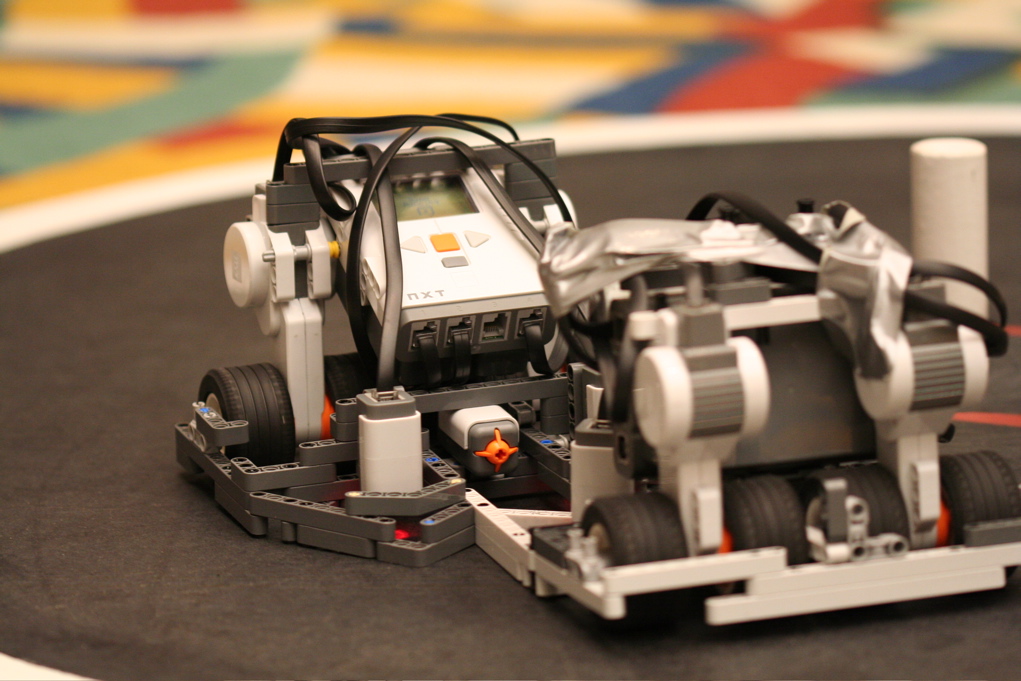

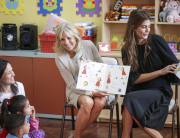
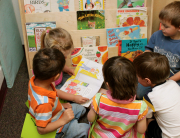
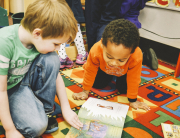
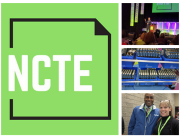
Very proud of my daughter and the work she is doing.